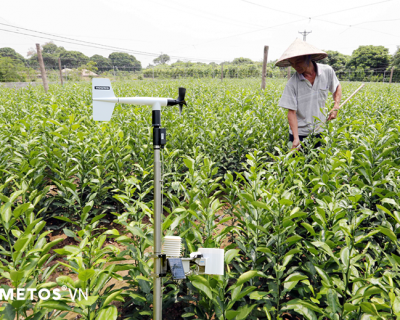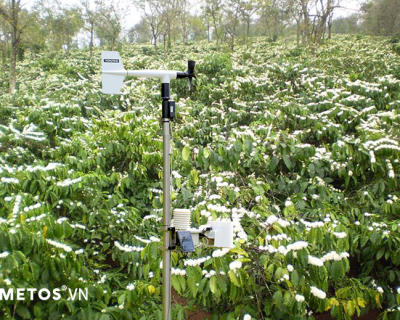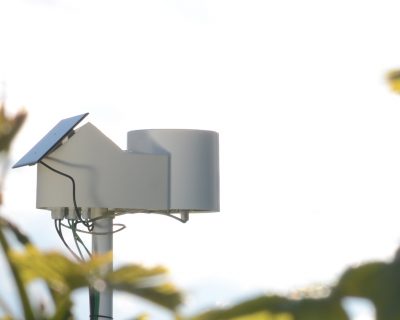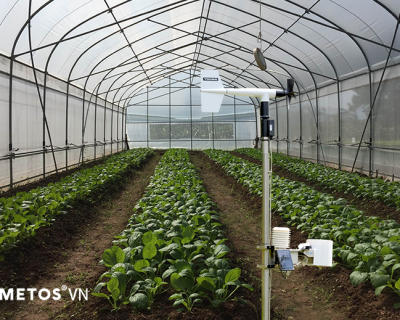News
The “battle field” is now moving to rural areas
In the previous years, telecommunication corporations (Telcos) attracted customers from countryside by only simple promotion deals. However, recently, they have been invested more deeply and massively in rural residents, considering them a group of potential customers.
Lately, VinaPhone has launched the service called “Nong Thon Xanh” (Green Countryside) to provide the customers the most updated and accurate information on the prices of agricultural products in domestic as well as international markets; weather and pest–preventing methods in agriculture. “Nong thon xanh” is divided into different small packages with news related to agriculture (techniques, markets and prices). The service packages are : Lua, Caphe, Tieu, Dieu, Cao Su, Tom, Ca and Canh bao…Each service package is priced from 5000 to 7000 VND/week, except for Canh Bao package which is priced at 10000 VND/month.
Preceding VinaPhone, MobiFone launched the service “Nha nong xanh” (Green Farming) to provide updated and accurate information on the prices of agriculture commodities (coffee, rice,…); consulting information on domestic and international markets. Moreover, the service also offers information on weather, epidemic warning, epidemic preventing and controlling methods and other related information. MobiFone currently has 3 different service packages including: Lua (7000 VND/7 days), Ca Phe (7000 VND/7 days) and Canh Bao (5000 VND/7 days).
Another giant player-Viettel also quickly launched the service called Agri.ONE- electronic agricultural solution to provide consulting information as well as direct transactions with enterprises. In particular, all detailed information on capital, breed, farming techniques, weather, epidemic, output prices is provided by Agri.ONE for millions of mobile users who are farmers.
Furthermore, a smaller telco -Vietnamobile set foot in the “battle field” by offering “Nha nong” SIM cards which are supplemented with DVD (farming training programs) to farmers and they can use these SIM cards to call to Vietnamobile’s call center without fare charged to get free consultation.
The aforementioned strategies have shown that the Telcos started making their investment diversion. It is actually a good sign for farmers. And more importantly, these investments are diverted into a new direction, focusing on in-depth research on agriculture, raising awareness among farmers, applying technological advances, improving productivity, and as a result, creating better values to society and people.


What Telcos bring to the new group of customers?
According to Mr Bui Quang Huy, Director of New Service Development Center, Department of IT solutions and telecommunication in Viettel, farmers have encountered a lot of difficulties in terms of being caught in price pressure by the resellers, being passive in preventing epidemic since they lack updated information and knowledge related to agriculture. Viettel wants to leverage available telecommunication and IT infrastructure to provide useful services to farmers and generate revenue to Viettel as well. Mr Huy said Viettel will expand this service to 5 provinces in HighLand area and 6 provinces in South-East Vietnam. In the future, Viettel will provide the service nationwide.
Mr. Nguyen Van Hanh, Deputy CEO Media and Added Value Center of MobiFone also thought that, with daily updated information on agriculture, farmers will know how to properly deal with problems arising in farming and harvesting process, and as a result, able to choose the good timing to sell agriculture commodities at high price.
In a nutshell, that Telcos are providing IT services for agriculture production is beneficial for 3 parties: Telcos having more customers and revenues; farmers having more information to improve productivity; agricultural enterprises having more opportunities to introduce their products and services directly to farmers, and also to improve customer service. However, the main problem is that services provided by telcos are quite similar (information on price, weather, consultation on agriculture) while customers in rural areas long for more novel, more useful and faster information. If a telco can meet these demands, it will be able to win the “battle field”.





